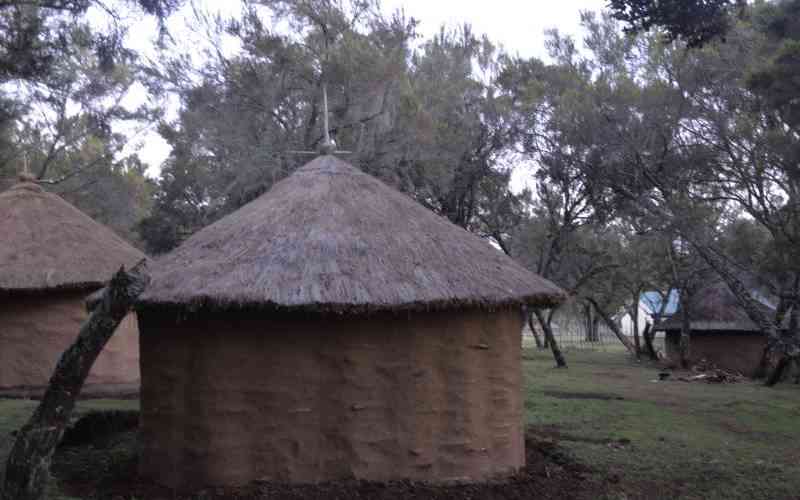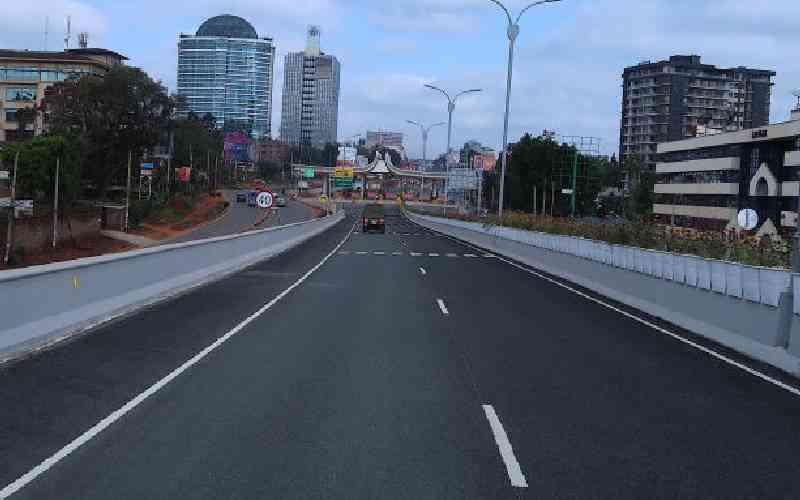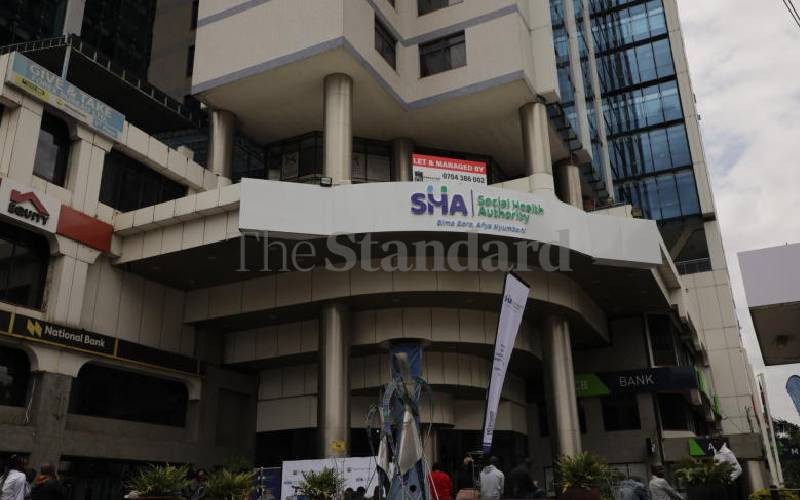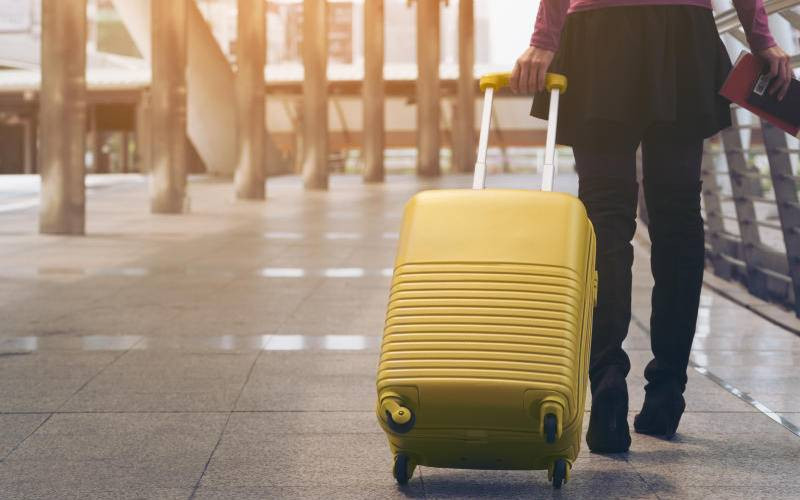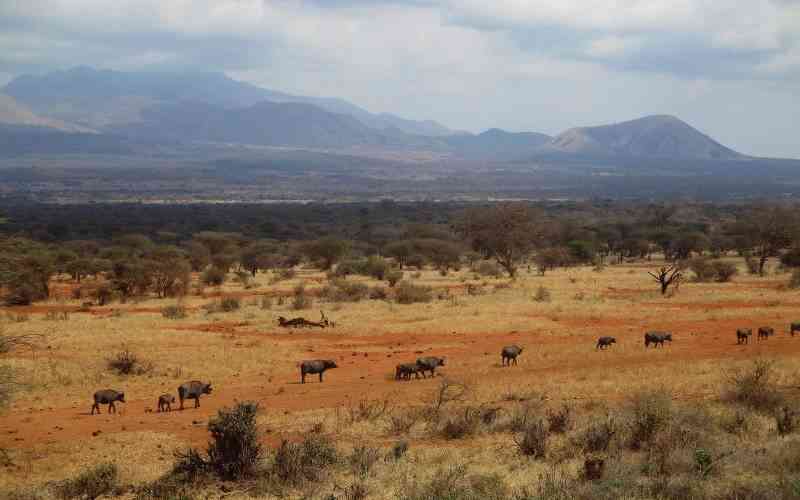
My South African counterpart ended up being overcome and could not stay in the museum any longer, with the story being too real close to home, considering apartheid only ended in 1994. I could hardly contain my tears going through the museum either.
The crowning jewel was visiting Mandela House on Vilakazi Street, where the man himself, Nelson Mandela, lived between 1946 to 1962, before his arrest. The house, No 8115, is close to where Pierterson was killed. Mandela returned to the same house and lived there for 11 days after his release in 1990, saying of the place, “That night I returned with Winnie to No. 8115 in Orlando West. It was only then that I knew in my heart I had left prison. For me, No. 8115 was the centre point of my world, the place marked with an X in my mental geography.”
Vilakazi Street
Desmond Tutu also lived on Vilakazi Street, making it one of the most famous addresses on Earth - the only street in the world where two Nobel Peace Prize laureates once lived.
While in South Africa, we stayed at the Radisson Red in Rosebank, Johannesburg. The hotel is fun and contemporary. Everything, including the shower gels, has a creative twist to it. The food? Out of this world.
Our main tour in Johannesburg, Jo’burg or Jozi, as the locals refer to it, would be a tour of Soweto, one of the oldest townships of the city, which had originally been set aside by the country’s apartheid government for black people to live in.
Try thinking about Soweto without the song, Soweto by Reality playing in your head, especially when you are there learning about its history. Impossible. “Soweto… say no to apartheid, say no.”
The Soweto of today is a far cry from the place that once had signs reading, “Caution. Beware of natives,” but that history is embedded in its fabric. One of the first things we pass by is a dreary-looking building named John Vorster Square, and chills run down my spine when our guide tells us that people died there. It used to be a site of interrogation and torture of anti-apartheid activists, but has since been renamed Johannesburg Central Police Station.
Our guide through Soweto was a jovial fellow aptly named Tabang, which he told us is a South African name meaning “happy.” You soon learn why Jo’burg is referred to as the City of Gold (or Egoli in Zulu). We come across several gold mine dumps, and yellowish gold hills that dot the landscape and are now abandoned gold mine sites. There are about 150 of them in Johannesburg.
Our first official stop is Soccer City, the famous FNB Stadium, which hosted the 2010 FIFA World Cup when South Africa was the first African country to host the World Cup. It is massive, also known as The Calabash.
Tabang points out a nifty little detail, a white section at the very top and tells us that is the bubbles of Umqombothi, a traditional beer, frothing at the top of the calabash, which is the shape of the stadium.
We also come across the largest hospital in Africa, Bara, short for The Chris Hani Baragwanath Hospital. It is the third-largest hospital in the world, sitting on 173 acres, with a bed occupancy of 3,400 and about 6,760 staff members.
Tabang explains Soweto started mostly as labour camps where mine workers would stay. Hostels originally built for the mine workers still stand there, but they have today been donated to the poor community of Soweto.
The people who live in them are mostly there temporarily as they wait to be relocated to social houses. The social houses are free houses by the government that were introduced by President Mandela to restore human dignity, and there are over 5 million social houses in South Africa.
You can see what is popularly known as the Soweto Towers from anywhere in Soweto, making them one of the most iconic and ubiquitous sights of the place. The towers are cooling towers at the Orlando Power Station, a coal-fired power station in Soweto that was commissioned at the end of the Second World War and decommissioned in 1998.
It is now a site for adrenaline junkies. Inside the western cooling tower is the world’s highest SCAD Free Fall, which is where you fall through the air with no ropes, and then land on a net at the bottom.
You can also do bungee jumping high up between the two towers, a truly scary prospect that some people would find very thrilling. There are other activities like wall-climbing, paintball and more. We had lunch at a restaurant at the bottom of the towers.
The sumptuous lunch was pap (their version of ugali), assortments of roasted meat and something that I would liken to their version of kachumbari, which they call chakalaka.
It is a spicy dish made of onions, tomatoes, and beans, and one of the South Africans told us a feast without chakalaka is not complete.
At the end of the day, I attended the Spotify Sounds of Africa event, where, for Africa Day, Spotify was celebrating the music of Africa.
The amazing night marked the end of an incredible, but way too short stay in South Africa, and the next morning on the flight back to Kenya, all I could think of on the flight back was one thing: When I am going to visit Jozi again.
 The Standard Group Plc is a multi-media organization with investments in media platforms spanning newspaper print
operations, television, radio broadcasting, digital and online services. The Standard Group is recognized as a
leading multi-media house in Kenya with a key influence in matters of national and international interest.
The Standard Group Plc is a multi-media organization with investments in media platforms spanning newspaper print
operations, television, radio broadcasting, digital and online services. The Standard Group is recognized as a
leading multi-media house in Kenya with a key influence in matters of national and international interest.

